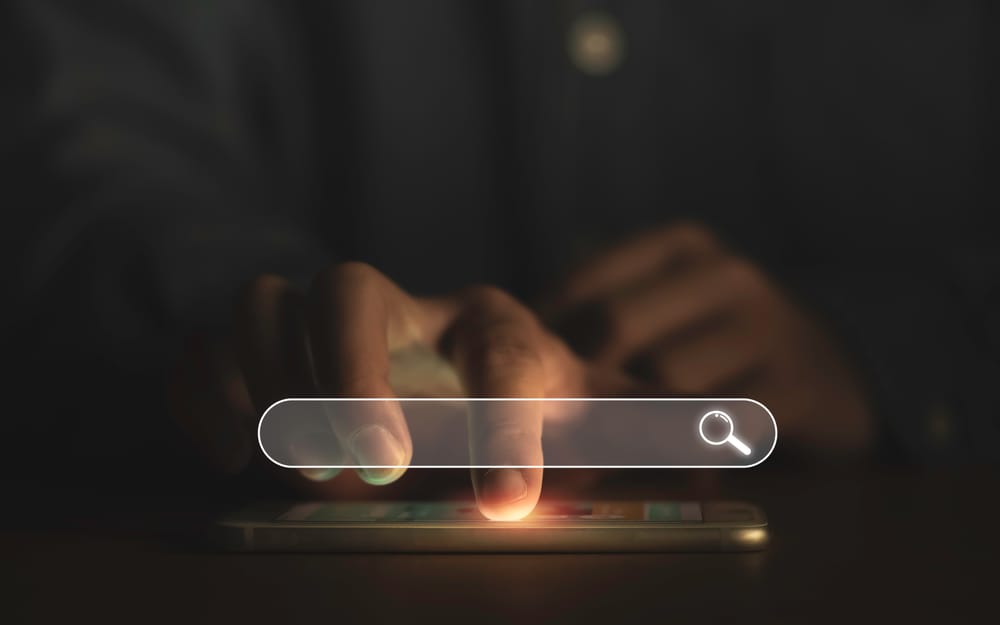Upselling is when businesses promote extra products on top of their initial purchase to customers. Cross-selling is suggesting related products after the customer has completed their purchase.
Key takeaways
- Upselling encourages customers to buy premium versions while cross-selling suggests complementary products.
- These strategies can boost transaction values by 10-30% without acquiring new customers.
- Selling to existing customers costs 5-25 times less than finding new ones.
- Customers who buy multiple products stick around 30% longer than single-purchase buyers.
- Businesses implementing these tactics see 20-40% ROI improvements compared to new customer acquisition.
Upselling is all about convincing customers to go for the premium version of what they want, while cross-selling suggests add-ons that go well together.
Think of upselling as upgrading your order and cross-selling as completing the perfect combo. These techniques don't just boost your sales; they make customers happier by ensuring they get everything they need in one go.
When done right, upselling and cross-selling create win-win situations: customers receive better value and a more complete experience, while businesses build stronger relationships and increase customer lifetime value. Plus, it's often more cost-effective than acquiring new customers.
What is upselling?
Upselling is when businesses encourage customers to buy something fancier or more expensive than they initially planned. When you buy a coffee and the barista suggests adding a flavored syrup or upgrading to a larger size, that's upselling.
The psychology is pretty interesting – it plays on our desire for better value and FOMO. When someone's already in a buying mindset, they're more likely to say yes to small upgrades that promise enhanced benefits.
You see this everywhere: phone carriers pushing unlimited data plans instead of basic ones, car dealers suggesting leather seats, or streaming services tempting you with ad-free premium subscriptions.
Even fast-food places do it with their "make it a combo" offers.
The best upselling strategies focus on matching customers with upgrades that genuinely improve their experience – creating value for both the business and the buyer.
What is cross selling?
Cross selling is when a business suggests related products to customers already buying something. Noticed how when you're getting fries, the cashier asks, "would you like a drink with that?" It taps into our natural desire for convenience and complementary items.
Why does this work?
It’s simple. When we're already in "buying mode," we're more open to additional purchases that enhance our main purchase. Plus, there's this psychological principle called "commitment consistency" where once we decide to buy something, we're more likely to say yes to related items.
You see it everywhere - Amazon's "frequently bought together," insurance agents offering multiple policies, or electronics stores suggesting warranties and accessories with your new laptop.
Cross selling just helps connect people with stuff they might actually need – and hey, it's good for business too.
Upselling vs. cross selling: Key differences
Upselling and cross-selling are both about boosting sales, but they work in pretty different ways.
Think of upselling as the "bigger and better" approach. It's when you're already looking at something, and someone suggests the fancier version. Like when you're about to grab a medium coffee, and the barista tells you about their large size that comes with an extra shot of espresso.
You're still buying coffee - just a premium version of it.
Key characteristics of upselling
- It's all about leveling up what the customer already wants - like when you're shopping for a TV and get tempted by one with a bigger screen and better sound.
- It's usually an easier sell because the customer is already interested in that type of product - they just need to be convinced why the upgrade is worth it.
Meanwhile, cross-selling is more like suggesting the perfect sidekick for your purchase. It's not about getting something fancier but adding related items that make sense together.
Key characteristics of cross selling
- It's about recommending things that go well together - like suggesting fries with your burger, or a phone charger with your new phone.
- You need to really understand what makes sense to pair up - nobody wants to feel like they're being sold random stuff they don't need.
Here’s a bird’s eye view of both approaches - their objectives, benefits, risks, and more.
| Category | Upselling | Cross selling |
|---|---|---|
| Objective | Convince customer to buy a more expensive/premium version of the same product | Encourage purchase of complementary or related products |
| Customer psychology | Appeals to desire for premium quality and status | Appeals to convenience and complete solution needs |
| Value proposition | Better features, higher quality, or enhanced performance | Additional functionality, complete solution, or enhanced experience |
| Example | Upgrading from iPhone 14 to iPhone 14 Pro | Buying AirPods with an iPhone |
| Business benefit | Higher profit margin per transaction | Increased total cart value and product adoption |
| Risks | Higher risk of customer pushback due to price jump | Lower risk as additional items are usually lower priced |
Why your business should implement upselling and cross-selling
Upselling and cross-selling can really move the needle for your business. Beyond just fancy sales terms, they're proven strategies to help your business grow and make customers stick around.
They're a powerful way to boost your bottom line without reinventing the wheel.
Here's a few ways that upselling and cross-selling can grow your revenue.
Revenue enhancement
Upselling and cross-selling are game changers that pump up your revenue. Your sales team can boost transaction values by 10-30% by smartly suggesting better options or add-ons that make sense.
Take software companies, for instance.
They're crushing it by getting existing customers to upgrade to premium features. The best part? They're doing it without the headache and cost of finding new customers.
This works especially well in service businesses where upgrading customers doesn't mean a huge jump in operating costs.
Improved Customer Lifetime Value (CLV)
When you nail your upselling and cross selling strategy, you don't just make a quick buck, you build customer lifetime value.
Customers who buy multiple products from you typically stick around 30% longer than one-and-done buyers. It's like turning casual shoppers into loyal fans who keep coming back for more.
Plus, you spend much less on marketing to keep them engaged than chasing new customers.
Boosted brand loyalty and customer satisfaction
The magic happens when you get this right. When you genuinely understand what your customers need and recommend upgrades or complementary products that actually help them, you build trust.
Happy customers become your biggest fans, singing your praises to others and creating a snowball effect of growth. Who doesn't want that?
Cost-effectiveness
Let's get real about the numbers - finding new customers is expensive. We’re talking 5-25 times more expensive than selling to your existing ones. Upselling and cross-selling to people who already know and trust you is just smart business.
Your sales team spends less time convincing and more time helping, which means better conversion rates and lower costs.
ROI analysis
Businesses that rock at upselling and cross-selling see ROI improvements of 20-40% compared to just chasing new customers. Existing customers are more likely to buy, it costs less to sell to them, and they stick around longer.
It's like finding money in your business's couch cushions, except it's sustainable and keeps growing over time.
3 upselling examples
How does upselling and cross selling work in the real world? Let’s take a closer look at both sales tactics.
Ever wondered why you walked into a store for socks but left with a complete winter wardrobe and a loyalty card? That's upselling magic at work! Here are some examples of how businesses turn "just browsing" into "take my money".
1. Apple's strategic device upselling
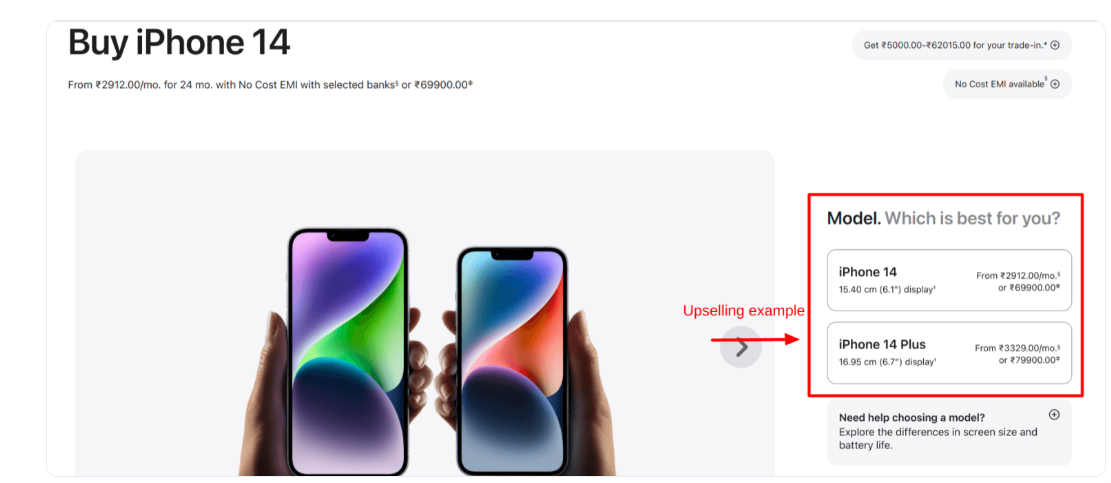
Apple masterfully executes upselling through its iPhone and MacBook lineups. When customers browse for an iPhone, Apple presents premium models with enhanced features like better cameras, larger storage, and ProMotion displays.
They strategically price devices with minimal storage at base levels, knowing many users will upgrade to higher storage tiers.
Their retail staff expertly highlights how 4K video recording and app installations quickly consume storage, convincing customers to choose higher-capacity models at premium prices.
2. Tesla's autopilot enhancement
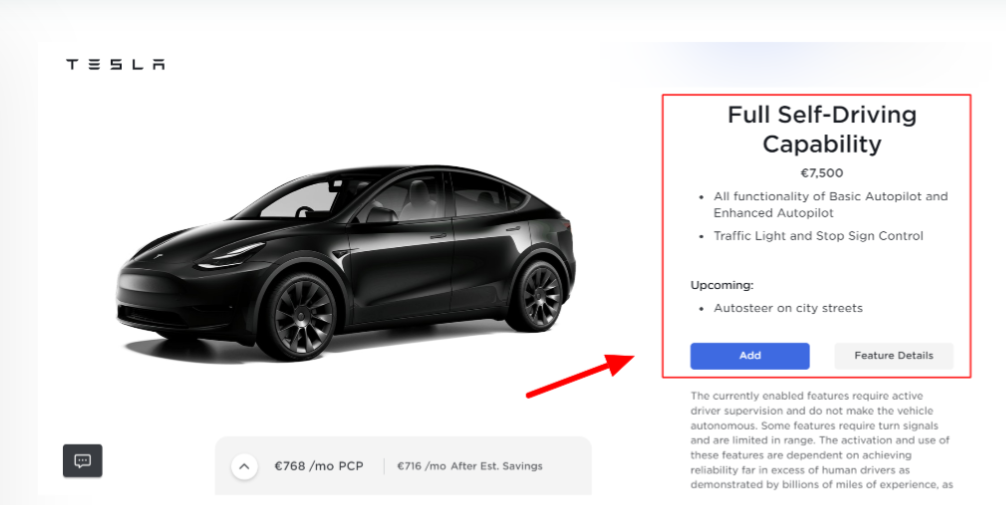
Tesla's approach to upselling revolves around their Autopilot and Full Self-Driving capabilities. While basic Autopilot comes standard, Tesla offers Enhanced Autopilot and Full Self-Driving capability as premium upgrades.
They showcase advanced features like automatic lane changes, autopark, and smart summon to entice buyers to upgrade.
The company also allows post-purchase software upgrades, creating ongoing upselling opportunities throughout vehicle ownership.
3. Adobe's Creative Cloud tiers
Adobe transformed their business model from single-purchase software to subscription tiers, mastering the art of upselling.
They offer Photography plans with basic Photoshop and Lightroom access, then upsell to full Creative Cloud memberships by highlighting the value of additional apps like Illustrator and Premiere Pro.
Adobe targets professionals by emphasizing how the complete suite enhances workflow and creative capabilities.
Cross selling in action, 3 real world examples
Ever wondered why McDonald's asks if you want fries with that shake? That's cross selling in its most delicious form!
From tech giants to your local coffee shop, businesses are masters at the "while you're here..." approach. These real world examples of cross selling will make your wallet nervously check its contents.
1. Amazon's "Frequently Bought Together"

Amazon's cross-selling algorithm is perhaps the most sophisticated in e-commerce. Their "Frequently Bought Together" and "Customers Also Bought" sections use machine learning to analyze purchasing patterns.
Buying a camera? Amazon will suggest products like memory cards, camera bags, and tripods. For books, they recommend related titles or series. They nail it by showing you exactly what you might want, right when you're most likely to add it to your cart.
2. Starbucks' Food Pairing Strategy
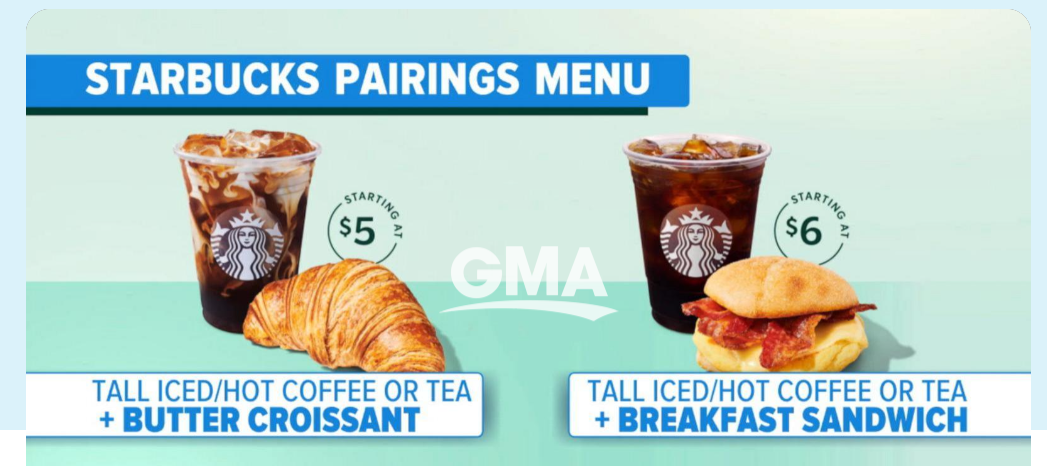
Starbucks excels at cross selling by training baristas to suggest specific food items that complement beverage orders. They strategically place pastry cases near ordering stations and design store layouts to showcase food items.
During morning coffee orders, baristas recommend breakfast sandwiches, while afternoon customers might hear about new bakery items. Their mobile app also suggests pairings based on previous purchase history.
3. Best Buy's protection plan approach
Best Buy's cross-selling strategy centers on protection plans and accessories for electronic purchases. When customers buy laptops, staff members present a carefully curated selection of complementary items: protection plans, antivirus software, laptop bags, external hard drives, and wireless mice.
They train employees to explain how each addition enhances the primary purchase. The focus is on creating a complete solution rather than just selling individual products.
Join the best of the best and learn with Whop
The best sales tricks I've learned lately haven't come from fancy consultants or expensive courses - they're coming straight from Whop's business communities.
It's a hidden goldmine where entrepreneurs openly share their upselling and cross-selling playbooks (and more!)
What makes it extra special is it's not just about learning; you build connections with people facing the same challenges. When you're stuck on a sales strategy or need feedback on a new offer, you have a squad of fellow entrepreneurs ready to help you level up.
No gatekeeping, no ego - just real talk about what's working and what isn't in today's market.
Why not join a business community Whop for business advice and education today?


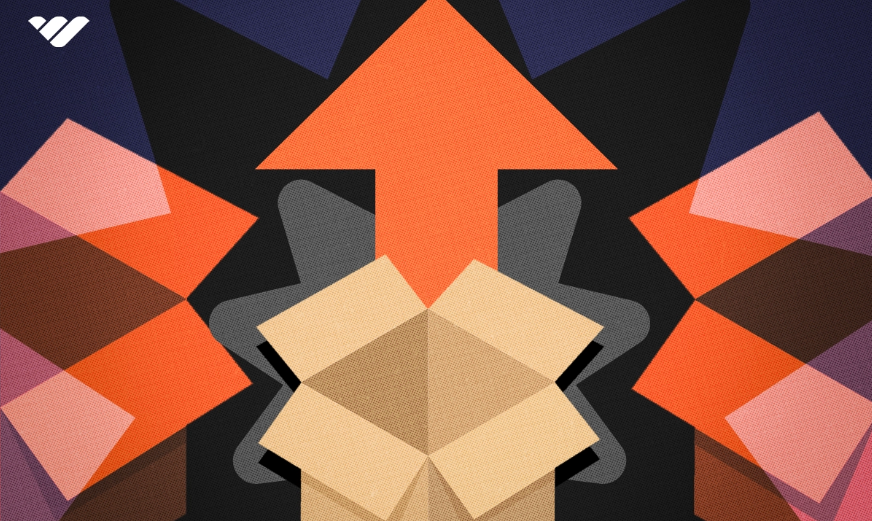
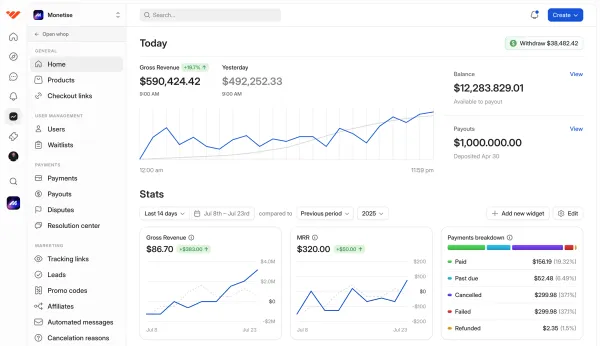
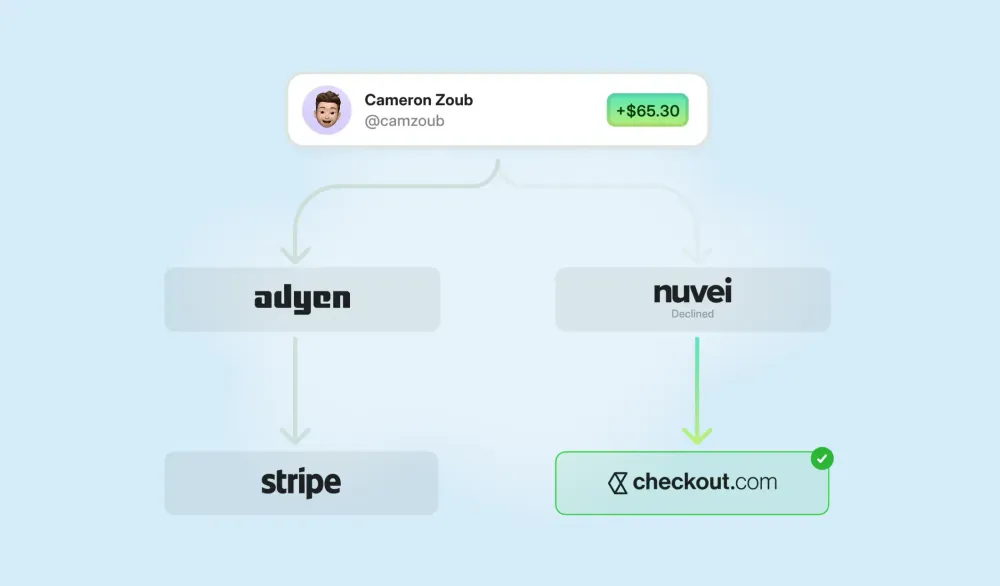




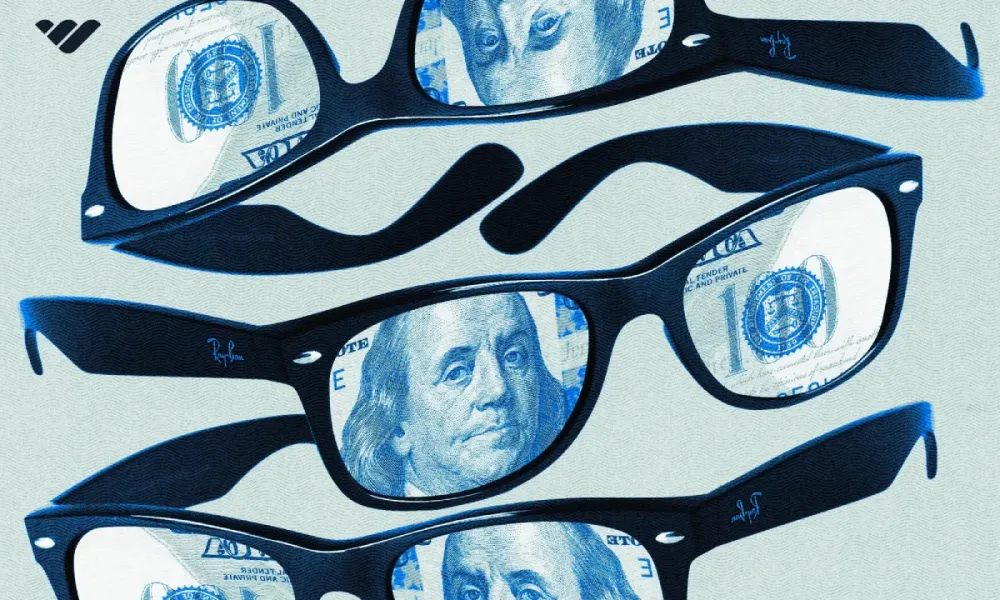
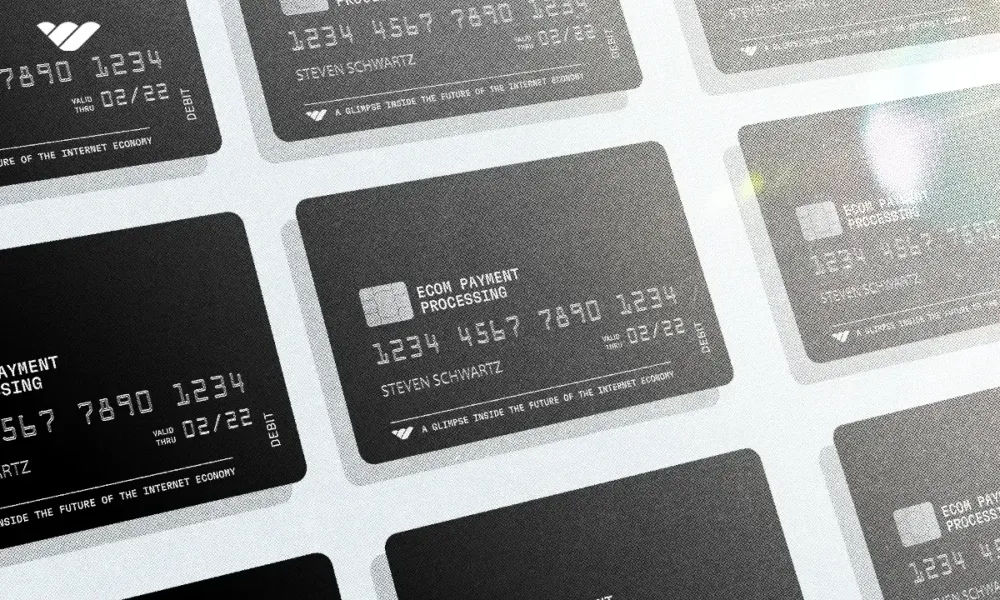
![8 best BNPL providers for your business [2026]](/blog/content/images/size/w1000/2024/08/X-Best-BNPL-Companies--buy-now--pay-later--for-your-business.webp)
![How to sell digital products without a website - ultimate guide [2026]](/blog/content/images/size/w1000/2024/02/How-to-Sell-Digital-Products.webp)
